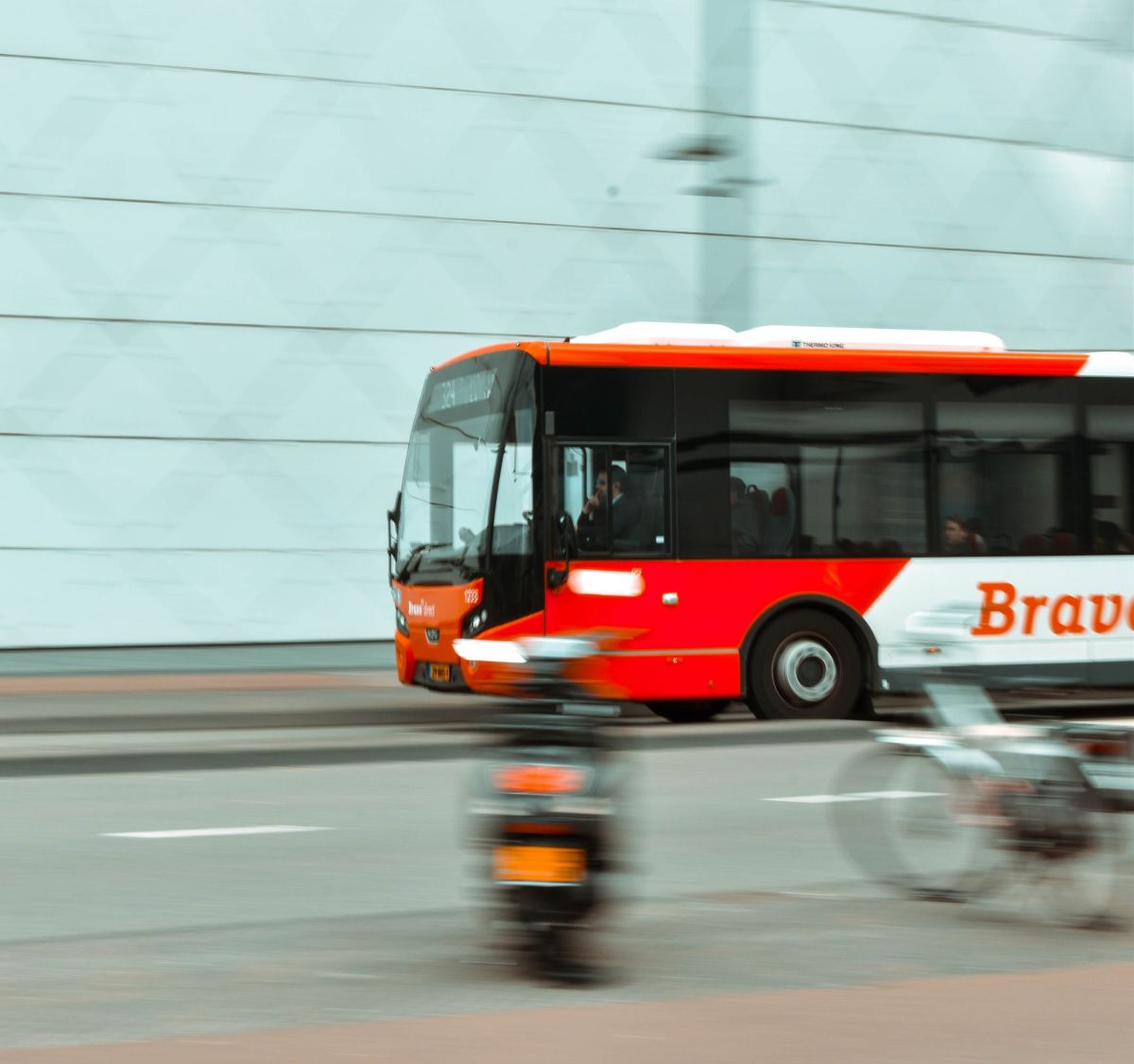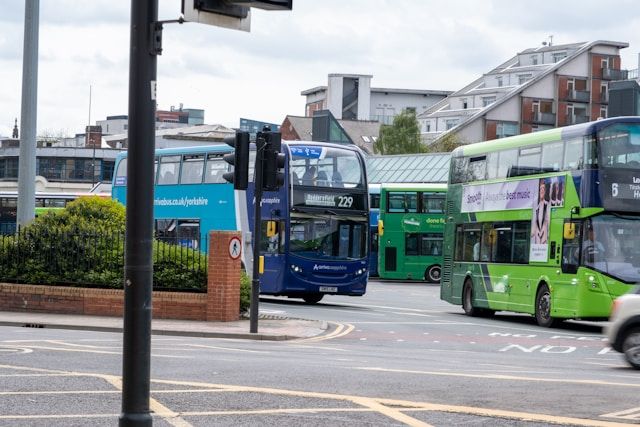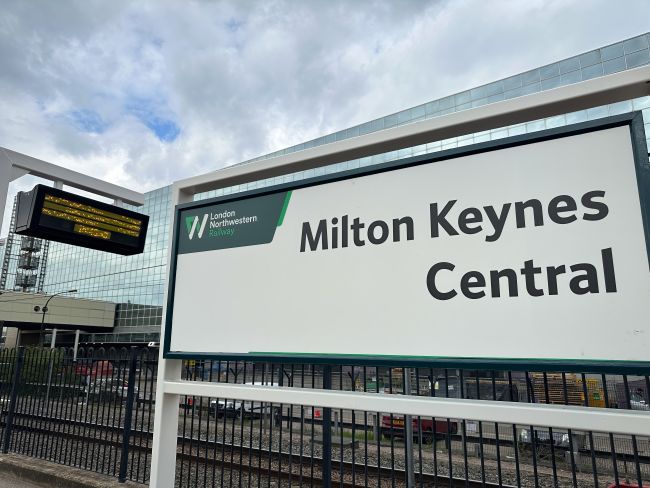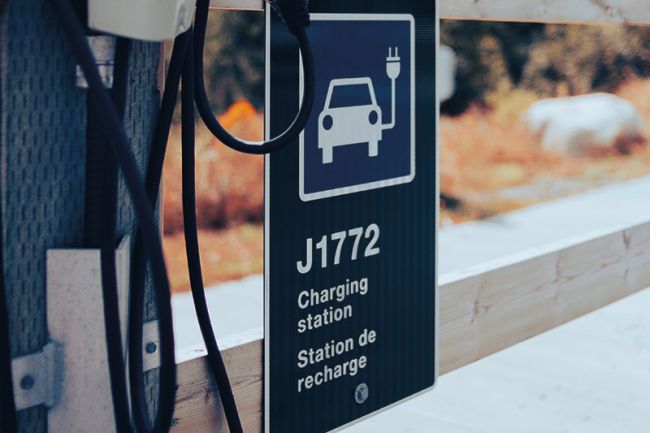Reshaping perceptions of transit
Conversations about increasing transit use often tend to focus on the deficiencies of a given system.

Conversations about increasing transit use often tend to focus on the deficiencies of a given system. In an era of ever-diminishing budgets, there never seems to be enough funding to expand service, provide more frequency, or increase policing presence. Further, addressing constraints such as low-density land use and access to destinations are not accomplished in the short-term.
While these factors all do contribute to increased transit use, a study recently published by UC-Irvine’s Institute of Transportation Studies examines the role of attitudes, perceptions and norms on public transit ridership. The study* found that while the quality of service provision and the built environment was important, attitudes toward public transportation and concerns about public safety independently predicted transit use. This brings up some critical points for TDM professionals to apply to their practice. The research suggests that the public perception of a transit system or service may not match the reality.
This suggestions are confirmed by recent stated-preference research carried out by Steer Davies Gleave comparing Light Rail Transit (LRT) to Bus Rapid Transit (BRT) systems in Nantes, France found that a local preference for LRT was due to higher levels of service and network coverage, while the BRT was actually felt to be the more comfortable mode. This finding was counter to the commonly held belief that LRT systems have a comfort and convenience advantage over bus-based services.
Taking steps to understand the public’s perception of services can inform the development of promotional campaigns and TDM-related brands. Using existing employer commute surveys or TDM program participant surveys can be a simple and cost-effective way to gain some basic insight. Potential survey topics will depend on the local context but can include questions about perceived safety, health benefits, convenience, and attractiveness of the target mode. Responsive marketing will counter the faulty perception with messaging targeting commuter desires.
Steer Davies Gleave’s work developing a TDM Strategy in San Diego’s North Coast included extensive market research with commuters. The commuter survey found that bus travel was considered ‘cool’ by 57% of commuters, which was higher than expected, though other modes such as biking, walking and taking the train were seen as ‘cooler’. A simple campaign could show ‘people like you’ riding the bus to reinforce the ‘coolness’ of the mode. Respondents also perceived travel by bus to be significantly less convenient than other modes (26% bus vs. 35-60% others). To promote bus use in this context, focused marketing in locations where bus service is frequent and efficient will help to dispel perceptions of inconvenience and increase transit ridership.
All of this research suggests that changing public perceptions of transit may be equally as important for increasing ridership as increasing transit service levels. This is further supported by a recent Atlantic Cities article “How to Make Waiting for the Bus Feel Much, Much Shorter”, which explains that bus riders using a transit app providing real-time arrival information were found to perceive their wait times as shorter, and increased satisfaction with public transit. Given that the perceptions of other alternative modes - cycling, walking and car/vanpooling - can be similar to transit, it is not a stretch to think that travel by these modes is also sensitive to the biases of potential users. Thus, targeted efforts to understand user perceptions can inform TDM marketing, communications, incentives and programming in a cost-effective manner which maximizes the impact of built environment and service enhancements.





















